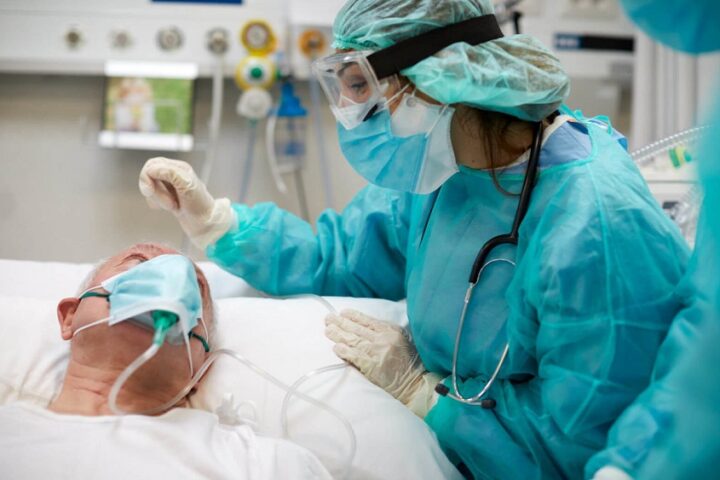In the intricate world of health and medicine, an unseen battle wages every day against an army of microscopic invaders. This combat is against infectious diseases, illnesses caused by microorganisms such as bacteria, viruses, fungi, and parasites. The field of Infectious Disease Medicine rises to this challenge, harnessing scientific knowledge and clinical expertise to protect individuals and communities from these microscopic threats.
Understanding Infectious Diseases
Infectious diseases range from common illnesses like the flu and strep throat to severe and potentially life-threatening conditions such as HIV/AIDS, tuberculosis, and COVID-19. These diseases can be transmitted in numerous ways: person to person, via insects or animals, or by consuming contaminated food or water.
The path these diseases take can be simple or complex, affecting a single area or multiple organs in the body. Their effects may be acute, causing symptoms to appear suddenly, be severe, but end quickly. Alternatively, they can be chronic, with symptoms developing gradually, lasting a long time, or be recurrent.
Combatting Infectious Diseases: Prevention and Control
Prevention is the first line of defense in the fight against infectious diseases. There are multiple strategies for disease prevention:
Vaccination: Vaccines stimulate the body’s immune response, preparing it to fight future infections. Immunizations have been crucial in controlling, and in some cases, eradicating, deadly infectious diseases.
Hygiene Practices: Regular handwashing, food safety practices, and maintaining clean environments can prevent many infectious diseases.
Safe Behaviors: Using insect repellent, practicing safe sex, and avoiding contact with infected individuals can also prevent infection.
Travel Precautions: Protecting oneself during travel, especially to areas with high disease prevalence, is another critical preventive measure.
When an infectious disease does occur, prompt diagnosis and treatment are essential to prevent severe outcomes and disease spread.
Diagnosis and Treatment of Infectious Diseases
Diagnosis usually starts with a clinical evaluation, including medical history and physical examination. Depending on the suspected infection, various laboratory tests, such as blood tests, urine tests, throat swabs, stool samples, or spinal taps, may be performed. Imaging tests and biopsies can also be used in diagnosis.
Treatment for infectious diseases depends on the type of disease and the causative microorganism. It may involve:
Antibiotics: These are used to treat bacterial infections.
Antivirals: These medications are used to treat viral infections.
Antifungals: These drugs treat fungal infections.
Antiparasitics: These medicines are used to treat parasitic infections.
In some cases, supportive care to relieve symptoms forms a part of the treatment.
Conclusion
In the grand battle against infectious diseases, knowledge and vigilance are our greatest allies. By understanding these diseases and the microorganisms that cause them, we can equip ourselves with the tools to prevent, diagnose, and treat them effectively. The field of Infectious Disease Medicine plays a pivotal role in this fight, safeguarding our health, and ensuring the well-being of our communities in the face of microscopic threats.



